The definition of environmentally friendly fabrics is very broad, which is also due to the extensive definition of fabrics. Generally, environmentally friendly fabrics can be considered low-carbon, energy-saving, naturally free of harmful substances, environmentally friendly and recyclable fabrics.
Environmentally friendly fabrics can be roughly divided into two categories: daily environmental friendly fabrics and industrial environmentally friendly fabrics.
Industrial environmentally friendly fabrics are composed of inorganic non-metallic materials and metal materials such as PVC, polyester fiber, glass fiber, etc., which can achieve the effect of environmental protection, energy saving and recycling in actual use.
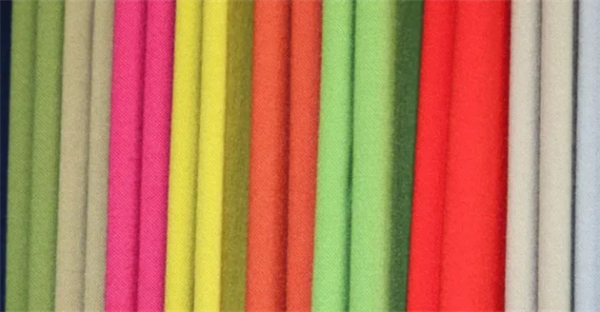
What kinds of life-friendly fabrics are there?
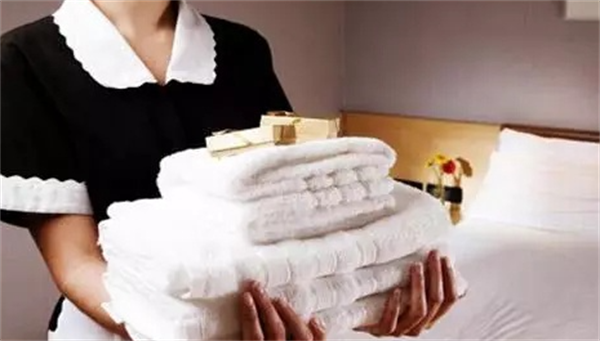
1.recycled polyester fabric
RPET fabric is a new type of recycled and environmentally friendly fabric. Its full name is Recycled PET Fabric (recycled polyester fabric). Its raw material is RPET yarn made from recycled PET bottles through quality inspection separation-slicing-drawing, cooling and collection. Commonly known as Coke bottle environmental protection cloth. The fabric can be recycled and reused, which can save energy, oil consumption and reduce carbon dioxide emissions. Every pound of recycled RPET fabric can save 61,000 BTU of energy, which is equivalent to 21 pounds of carbon dioxide. After environmental dyeing, environmental coating and calendering, the fabric can also pass the detection of MTL, SGS, ITS and other international standards, including phthalates (6P), formaldehyde, lead (Pb), polycyclic aromatic hydrocarbons, Nonkifen and other environmental protection indicators have reached the latest European environmental protection standards and the latest American environmental protection standards.
Organic cotton is produced in agricultural production with organic fertilizers, biological control of pests and diseases, and natural farming management. Chemical products are not allowed. From seeds to agricultural products, it is all natural and pollution-free. And with the "Safety and Quality Standards for Agricultural Products" promulgated by various countries or WTO/FAO as the measurement scale, the content of toxic and harmful substances such as pesticides, heavy metals, nitrates, harmful organisms (including microorganisms, parasite eggs, etc.) in cotton is controlled within the limit range specified in the standard within, and certified commodity cotton.
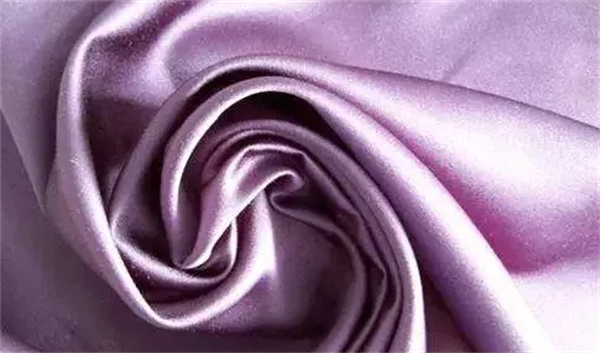
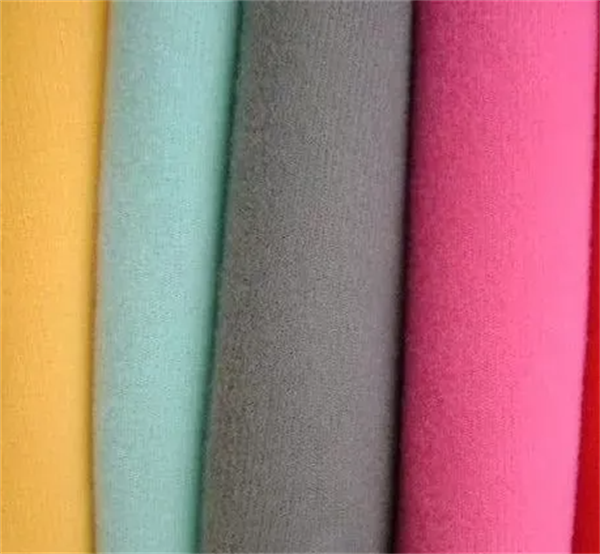
3.colored cotton
Colored cotton is a new type of cotton in which cotton fibers have natural colors. Natural colored cotton is a new type of textile material cultivated by modern bioengineering technology, and the fiber has a natural color when the cotton is opened. Compared with ordinary cotton, it is soft, breathable, elastic, and comfortable to wear, so it is also called A higher level of ecological cotton. Internationally known as zero pollution (Zeropollution). Because organic cotton must maintain its natural characteristics during the planting and weaving process, existing chemically synthesized dyes cannot dye it. Only natural dyeing with all natural vegetable dyes. Naturally dyed organic cotton has more colors and can meet more needs. Experts predict that brown and green will be popular colors for clothing at the beginning of the 21st century. It embodies ecology, nature, leisure, fashion trends. In addition to brown and green colored cotton clothing, blue, purple, gray red, brown and other color clothing varieties are being gradually developed.
4.bamboo fiber
The raw material of bamboo fiber yarn is bamboo, and the staple yarn produced by bamboo pulp fiber is a green product. The knitted fabric and clothing produced by the cotton yarn made of this raw material have obvious characteristics different from cotton and wood-type cellulose fibers. Unique style: wear resistance, no pilling, high moisture absorption and quick drying, high air permeability, excellent drapability, smooth and plump, soft like silk, mildew, moth and antibacterial, cool and comfortable to wear, and has the effect of beauty and skin care . Excellent dyeing performance, bright luster, good natural antibacterial effect and environmental protection, conforming to the trend of modern people pursuing health and comfort.
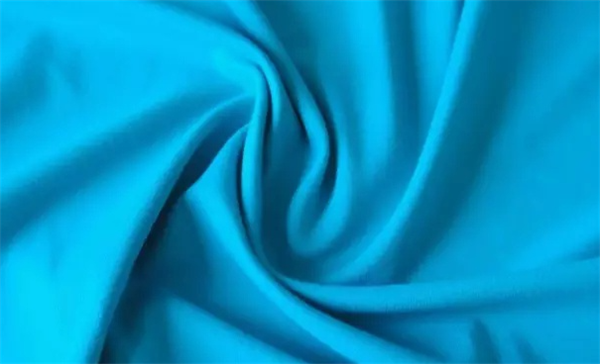
Of course, bamboo fiber fabrics also have some disadvantages. This plant fabric is weaker than other ordinary fabrics, has a higher damage rate, and the shrinkage rate is also difficult to control. In order to overcome these defects, bamboo fiber is usually blended with some common fibers. The blending of bamboo fiber and other types of fibers in a specific ratio can not only reflect the properties of other fibers but also give full play to the characteristics of bamboo fiber, bringing new features to knitted fabrics. Pure spun and blended yarns (blends with Tencel, Modal, sweat-wicking polyester, negative oxygen ion polyester, corn fiber, cotton, acrylic and other fibers in different proportions) are the preferred fabrics for knitting close-fitting textiles. In trendy fashion, spring and summer clothes made of bamboo fiber fabrics are more effective.
Post time: Mar-18-2023






